Sep 10-12 2004 – Boulder, CO
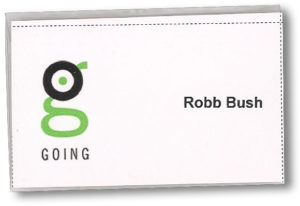
LISTEN to “Podcast” (AI Generated – Sept 2024)
My Perspective – Where am I coming from? Why do I care?
I am a designer, inventor, and entrepreneur. I thrive on learning about new technologies, systems, and design practices. I am a concerned citizen. I was a happy camper at the Going Conference.
My business background is in design and development around “emerging & converging” technologies such as Multimedia and internet back in the early 90’s and next-generation Enterprise Software in the late 90’s through today.
It all sounds so old today.
What’s next? What’s Emerging & Converging today?
What was I looking for?
I went with questions about the scope of “new mobility” solutions:
- How are the problems defined?
- What has been accomplished so far?
- What are the perceived barriers?
- What are the dimensions of the technologies and approaches?
- Where the boundaries between commercial opportunities and legislation?
- What can I do in my community?
The lineup of speakers, and especially the order of of presentations revealed the state of the current answers to these questions. It was great fun to connect-the-dots.
What did I discover?
- Environmental Challenges – We know we cannot continue dependence on foreign/finite energy resources. We know the effects of congestion and pollution on the atmosphere. We can do better. Yes its bad in the USA any many other large countries – ADD to that the exponential rise in these environmental threats as growing countries implement old policies, obsolete design standards, and more non-clean vehicles into the world. There needs to be a new example.
- Economic Challenges – …
- Public Policy Challenges – …
- Personal/Emotional Challenges – …
Poly-multi-dimensional Disciplines, meet Multi-poly-dimensional Challenges
There are distinct approaches coming from many professions, industries, and academia. Each group brings their own passion and flavor to the problem/solution-space.
I found it fascinating to experience the many different perspectives on potential solutions.
- The Designers (A mix of Transportation designers, Environmental Designers, Architects, Graphic Designers … )
- The Engineers (Software, Civil, Mechanical, Electrical, Communications, … )
- The Academics and Researchers
- The Entrepreneurs (New Vehicles and modifications, Online Services, … )
- The Planners and Policymakers (Every level of government, City Planners, Land Developers, … )
- The Activists (Environmental, Health, Education)
So what is this thing?
As a whole, I believe this new mobility thing represents a new SYSTEMS DESIGN approach.
Its so big and un-weildy that its was called both a chicken-egg problem, AND a blind-men-and-the-elephant phenomenon. No wonder its so frustrating – and the clock is running.
The Call to Action
There are many opinions and ideas, complimentary and conflicting.
Where is the Reference Implementation? What is the fully-developed example that the world can follow? What are you going to do about it?
I understood these to be THE BIG QUESTIONS that Dan Sturges was asking of the speakers—and wanting everyone in attendance to ask themselves. This was Dan’s “Call To Action”.
Speakers Commentary
DAN STURGES, YOUR GOING HOST and Senior Program Manager, Integrated Transportation Systems, WestStart / CALSTART
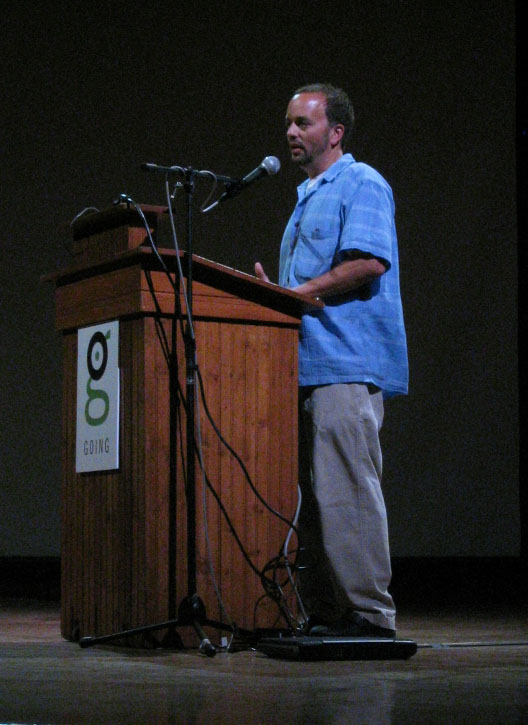
Dan Sturges – Going Conference Producer
JEFF MORALES, Senior VP, Parsons Brinckerhoff and former director of CALTRANS
Mr. Morales has been working with London’s city government and has been able to affect profound change on some very significant problems. First, according to Mr. Morales, he is working for a leader that is putting some of the mobility and transportation problems as a very top priority in London. He was able to articulate several MEASURABLE results. Charging a toll to enter London would create enough pain for people to try alternatives. Equally important were ensuring the quality and availability of those alternatives for them to be readily adopted.
DEAN KAMEN, Chairman, Segway, LLC and President of DEKA
Looking very far ahead, and in context of HOW WE GOT HERE. He acknowledged that there is a role for cars and every other type of transportation. He evangelized that different modes of transport are needed for different distances and densities. His uses his Jet for going 600 miles (at 600 MPH), his car to go 60 miles (at 60 MPH), and his HT to go 6 miles (at 6-10 mph).
The Segway is very fancy solution for a problem that people are generally unaware of. Its a heckuva lot of fun. From a technology/innovation standpoint – the Segway is “magic”. Its another one of those solutions to problems that people don’t know exists – or particularly care about. No more goof’in on the Segway…
My wish for Segway LLC: LICENSE THE SEGWAY TECHNOLGY AS A PLATFORM. To put in computer industry terms, Segway is trying to be like Apple – make everything – have complete control (and that’s cool of course) – but be a Microsoft (stay with me) and let designers and engineers extend and build upon the technology. You may be surprised how others can add value and extend the reach and application of your core technologies. I would more readily invest in a company that took that approach.
JOHN O. NORQUIST, President, Congress For New Urbanism
Woah, a public figure that understands the impact of design on quality of life AND can back it up with hard-dollar economics. His message should be heard (even if they don’t agree) by all politicians, developers, and civic leaders. He advocates fostering design patterns that have proven to make great cities, great—and actually did something about it as Mayor of Milwaukee.

John Norquist
ESTHER DYSON, Editor at Large, CNET Networks
Said ‘good luck pulling any of this off in the US’. Try developing areas first. Acknowledged that other influences could change behaviors.
I have been a Release 1.0 subscriber, and really appreciate and respect Esther’s broad understanding and intelligence. I hoped to get a chance to meet her, and ask her what she really thought, but she bolted to the airport after her talk – maybe she’ll write about it.
HENRY BEER, Principal, CommArts, Inc.
Missed it. Dammit.
DANIEL SPERLING, Director, University of California’s Institute for Transportation Studies
SUSAN SZENASY, Editor-In-Chief, METROPOLIS MAGAZINE
Absolutely wonderful plea for designers to be citizens first.
FRED SILVER, Vice President, WestStart/Calstart
SUSAN SHAHEEN, Innovative Mobility Research, Berkeley CA
Working very hard to make mulit-modal transportation a reality in the Bay Area. I have to agree with Esther that retrofitting and re-educating big cities is much steeper road to adoption than opportunities to affect positive change in new developments and emerging economies
RICK STEELE, CEO, NuRide – Dynamic Ridesharing
Creator of Kinkos.com. Made some dotcom $. Now doing NuRide – Great idea, for people that don’t mind riding with complete strangers. Pays people to ride (and drive) through cash-incentive customer-loyalty program model (in pilot partnerships with Target, Home Depot, etc – with promise of guaranteed customers coming through the door – who will hopefully spend 150%). Interesting idea combining social networking, eBay (feedback ratings-trust), and online travel sites (put in where you want to go, and get results), and my prediction…an alliance with Match.com.
DOUG FIELD, Vice President, Segway LLC
DR. MATT BARTH, Director, CE-CERT and Vehicle Technology Research Lab
Arguably the most complete design, infrastructure, execution, documentation, and analysis of a total new mobility transportation SYSTEM. See UCR Intellishare.
TIM BLUMENTHAL, Executive Director, Bikes Belong
OK, count me in. Everyone should ride their bikes more. Nothing but good stuff comes of it. This guy is the duke of cycling. BTW, I have 8 bikes in the garage, spent 7 years working in bike shops during high-school-college, and raced competitively, and ride with my family regularly.
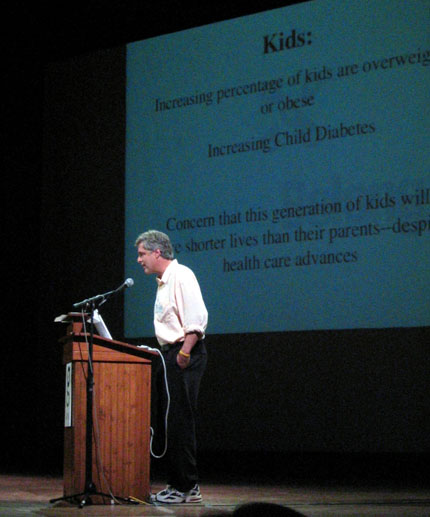
STEVE RANEY, Founder, CITIES21.ORG
HARRIS SILVER, Founder, citystreets.org
Eye-openeing presentation about Harris’ advocacy to affect public policy through activism and education to make the NYC streets safer for pedestrians of all kinds. It seems to be working. He presented a slide that indicated that the pedestrian fatalities (from autos) has dropped from in the 300’s to the 100’s PER YEAR over the past few years.
People I Met
Clark Kellogg – Kellogg Consulting
Really nice guy and great moderator. Wish I could spend another 2-200 hours talking with him.
Doug Frasher – Volvo Concept and Monitoring Center ?
Rick Steele – NuRide
Drew Takahashi – Funjacket Enterprises ?
Bill Dieter ?
Peter Kuchnicki – Intrago
Ryan Montler – Intrago
Graham Hill – 21Wheels
Tai Robinson – Intergalactic Hydrogen
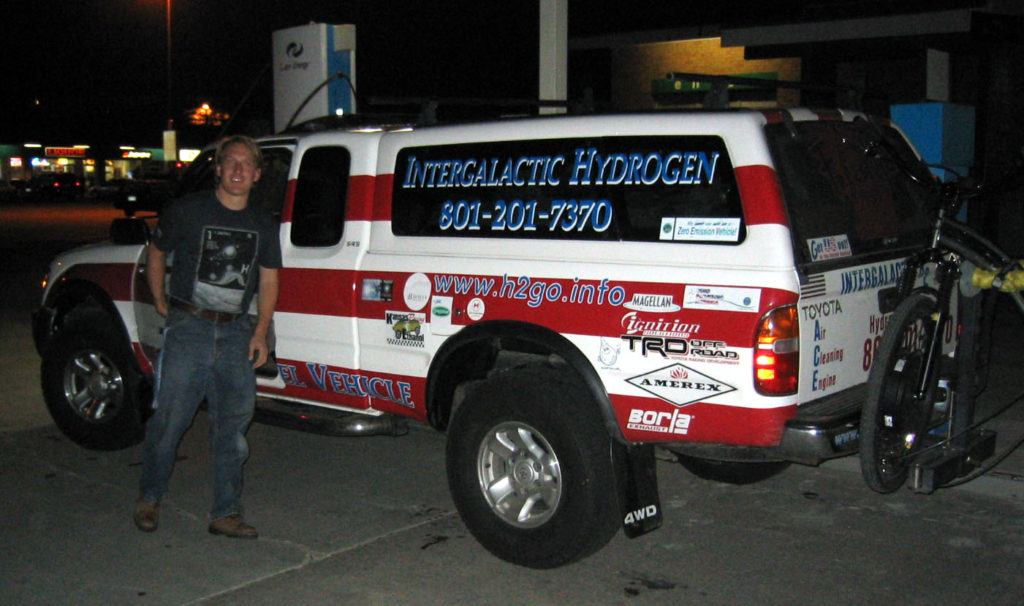
Steve Raney – Cities21.org
Harris Silver – CITYSTREETS.ORG
Tracy Carroll – Flexcar
(I am still missing a few because I did not get contact info!)
Personal Note
I had not seen Dan Sturges or Erik Blatter in 17 or 18 years. This was when I was 19 or 20, and starting at ACCD. They were the “seniors”. (I later got Dan’s room in the house – which has to be the coolest room you could ever have during any college experience – but that’s another story).
I am grateful to have been able to stay in touch with Dan (randomly) over the years – and seized the opportunity to attend his conference and see him in action again.
It was a great surprise to see and visit with Erik again. Erik is an incredible designer with great intelligence, ideas, energy and humor. Erik has a passion for design, history, and having fun – even when things are drop-dead serious.
Dan is still Dan – his drive and instinct to project forward, never afraid to be different, and never afraid to challenge or question why things should not be better – and readily offer a stream of options and ideas. Dan is a great teacher and leader – he makes you think, not be afraid to take chances, and enthusiastically explore exhaustively and freely.
Enough of all the heady stuff – I just really like these guys, and it was great to have the opportunity to reconnect and pick up like it was yesterday.
Dan and Erik’s early influence has been with me ever since – i.e. the little voice that says “ok, what would Dan or Erik do here?” (this either gets me in trouble, or results in some of my best work 😉
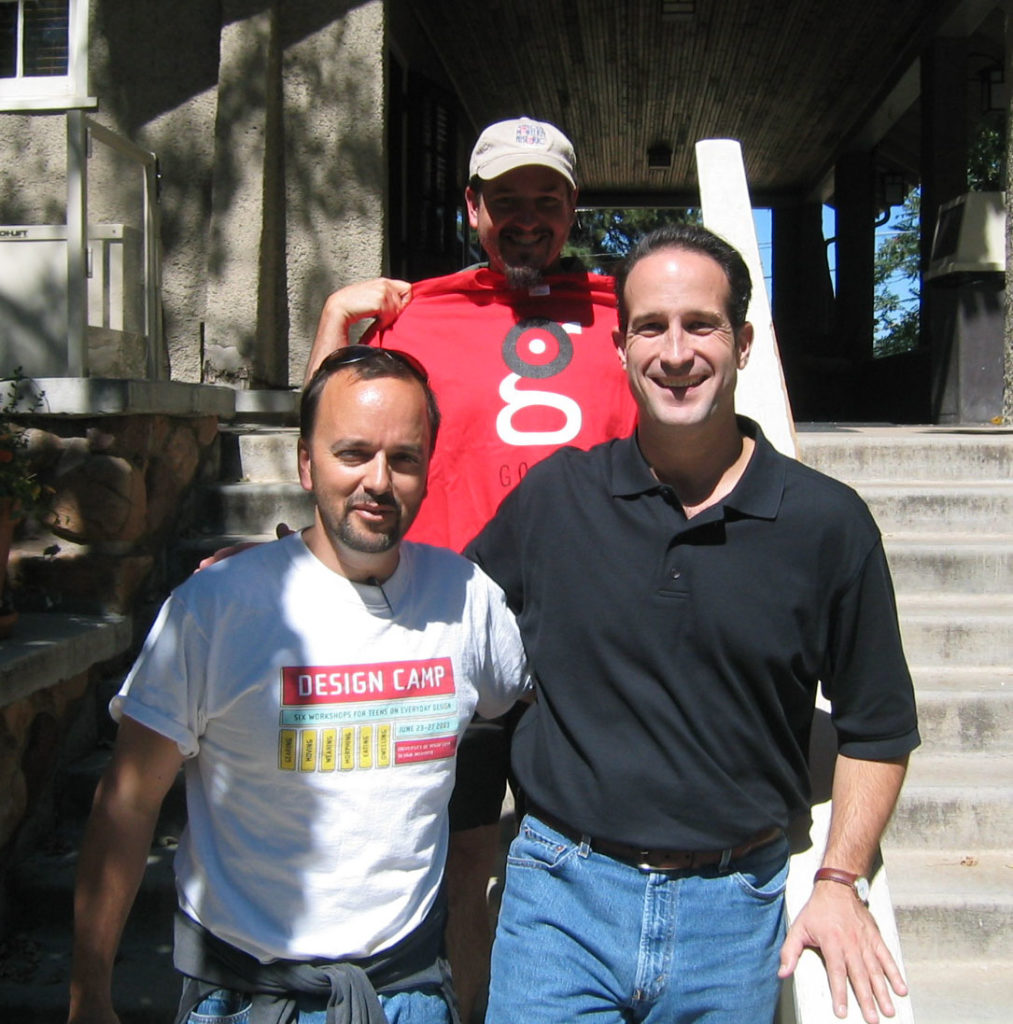
My • Simulation-Space for Half-Formed Thoughts •
Its not about the vehicles. Or the city. Or the technology. Its a NEW SYSTEMS DESIGN APPROACH combining design disciplines, engineering disciplines, planning disciplines, manufacturing disciplines. This is the part I am most excited about. This is the elephant and we are all describing different parts of it. Applying our own unique perspectives, practices, and politics. I saw many solutions that are looking for problems, or solutions to problems that people are not really aware of (yet), or even care about (yet). How do you fix that?
There is a BIG difference between Developing New Cities vs Retrofitting Old Cities – trying to discuss both at the same time is not very productive.
Will make your head explode.
The language of “new mobility” is full of red flags for the ones you are trying to convince – when not preaching to the choir. Taking things away, “sweeping away cars”, “removing vehicles from the road”, “being green” create red flags and unnecessary barriers to understand the real opportunity. Describe the new mobility vision in BUSINESS and ECONOMIC TERMS FIRST AND FOREMOST if you want to get the interest of decision makers and powerbokers (and everyday folks perhaps). Avoid starting and centering on all the gee-whiz jargon about the new vehicles, the hardware, the technology. So what. Its all available today – and it works. Show me the money.
A New American Way? – This could be positioned as a New American Way – creating new commercial opportunities, minimizing (or eliminating!) our dependence on foreign oil, improving productivity and global competitiveness, improving quality/standard of living – and by the way – will result in cleaner air and healthier planet and all its its inhabitants. It will raise the bar, put America back in a leadership position, and provide a new (and more affordable/implementable) model for other growing nations to follow.
Clark wants a Manifesto, Doug wants a better “Problem Definition” – That would be a good start to The Open-Source Mobility Toolkit – This idea came up in the post-conference roundtable. Not that a single group could centrally develop and manage an authoritative Toolkit, but could manage it in an open source fashion. Provide the framework, let people add on to it. More mutations-ideas. Patterns emerge. Rate and measure the successes, survival of the fittest emerge. People could copy it, use it, contribute to it, etc. Some land/community developer may be saying right now “I want to create the next Southlake… but where do we start? How do we do this? Who do we hire to do this? Is there a template or best-practices for this?”
Leadership/stewardship is needed, but most of all, it needs to be freely available so that others that are developing new communities (the new cities) will know where to start.
A web-based new-mobility solution configurator application would be nice too – to help focus from the overwhelming/competing options. Defined based on density, pre-existing conditions, Residentially/Commercial, Major Office Centres, Airports – Possibly through a Hierarchy/Network/Mapping of People and Places Relationships, Frequency, Growth Rate, Land Values – then, Run Simulation.
The Layers (Idea-holder)
- The Policy Layer
- The Infrastructure Layer
- The Physical, Rubber-Meets-The Road Layer
- The Powertrain/Energy Layer
- The Human Factors Layer
- The Safety Layer
- The Networked Communications Layer
- The Marketing Layer
- The Emotional Layer
Question: Could we be creating unforeseen negative impacts in new mobility systems designs? What will be the unanticipated problems created/experienced with the “solution” of multi-modal transportation? We tend to look at only the answers to the current problems rather than what problems could be introduced if it takes off. Current systems may be broken or obsolete, but could we have foreseen some of these problems when key decisions were made?
Christopher Alexander’s “pattern language” was never actually mentioned but was definitely indicated. (Sidenote: see Amsterdam Realtime for some fascinating GPS-drawn patterns from real-world mobility)
RANDOM NOTE: Why I don’t Rideshare/Carshare, or ride RT – I like the private time. The alone time spend in a car commuting is great thinking time, personal time, sing out loud time, listen to XM Radio. Its pretty sad, but for many, this may be the only quality “me-time” you get. (I know, you can read, sleep, work while on the RT too) This was addressed eloquently by an attendee (who happens to be a designer with a major manufacturer) that today’s vehicles have been designed to deal with congestion, by providing a more comfortable and safe environment for commuters. This is directly connected to the possibility that most people don’t understand there is a problem. Disclosure: I have not been on that many RTs and therefore may not be truly enlightened – some ARE quite nice (including the RTD bus from Denver Airport to Boulder). Other than business travel, my only voluntary RT experience is Dallas’ DART Light Rail – I have never, or ever will desire to ride the DART buses, but the Light Rail was WONDERFUL for family trips on the weekend going from Mockingbird Station to Downtown or further to the Dallas Zoo. If I worked downtown at the time, I would still opt for the car, and not want to leave it baking in the sun at the station (fortunately, my employer offered covered parking – very important when the days are 90-100 degrees plus for 6 months). That’s just me, but I am very happy it is there for people that will use it regularly. The other ones I have ridden are The London Underground, Boston’s T, Atlanta’s MARTA.
OTHER PICS
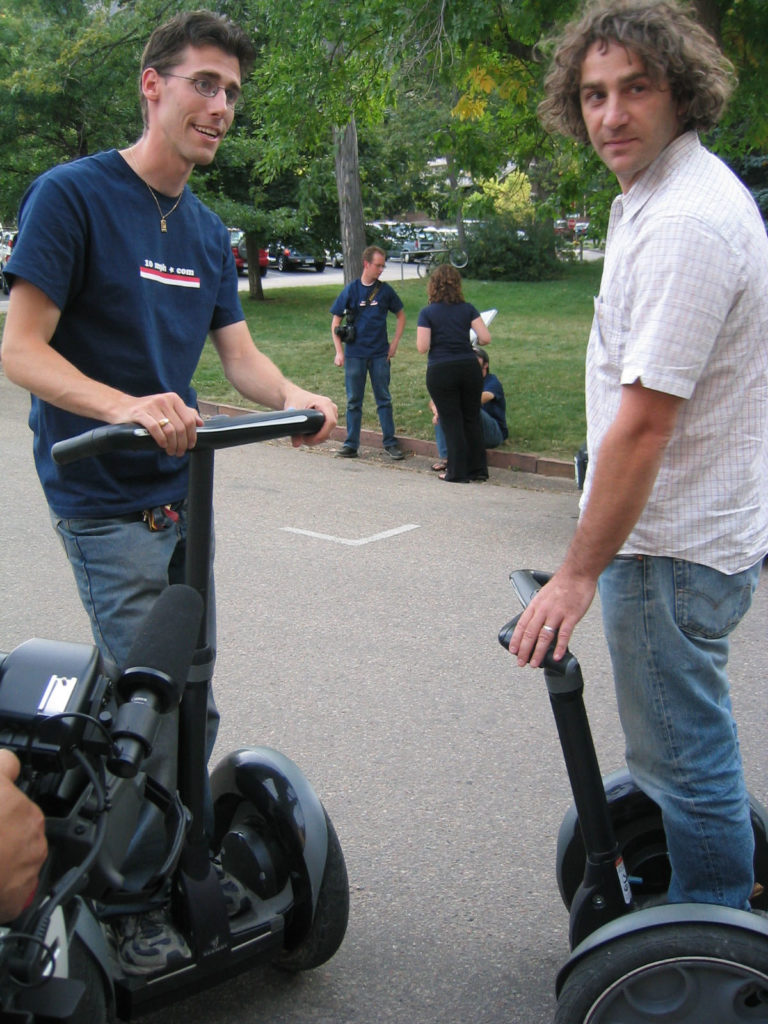
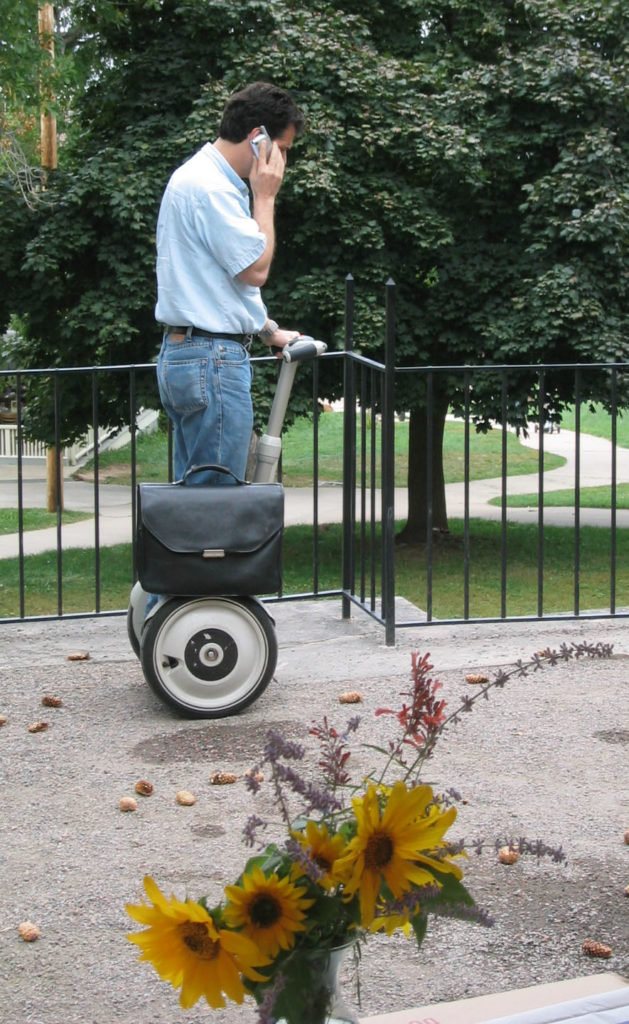
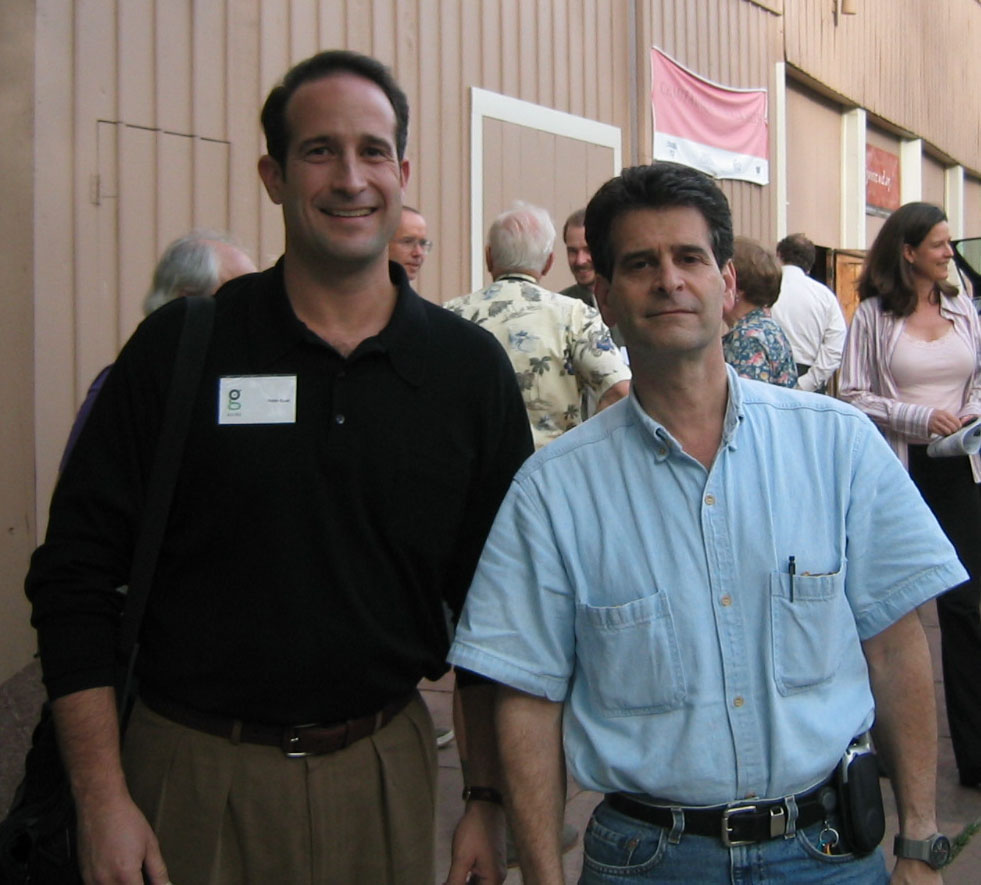
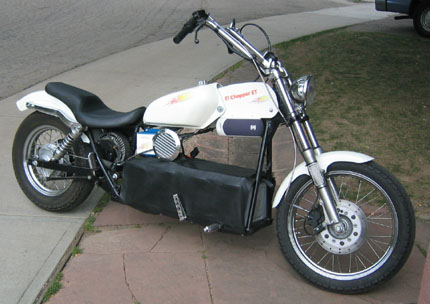
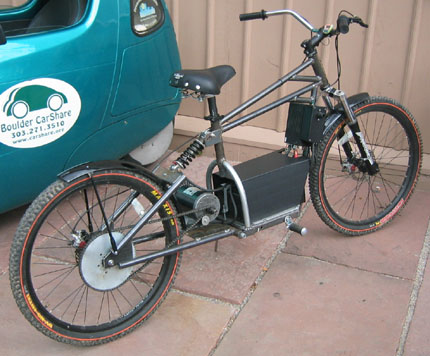

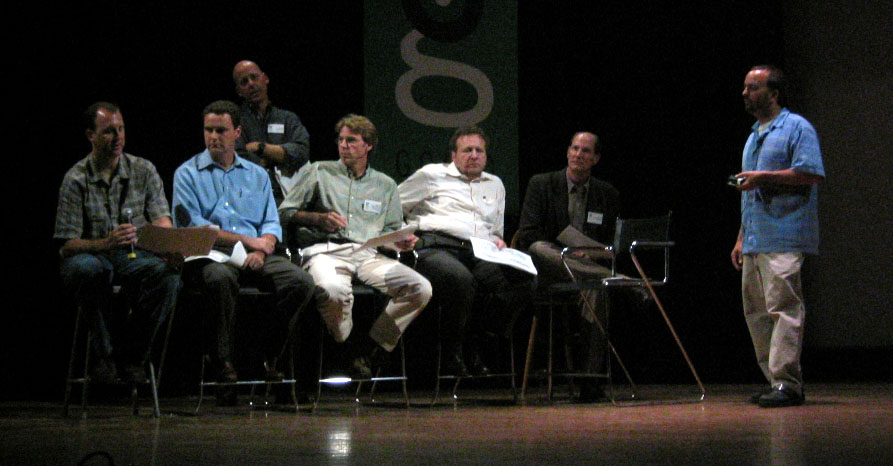

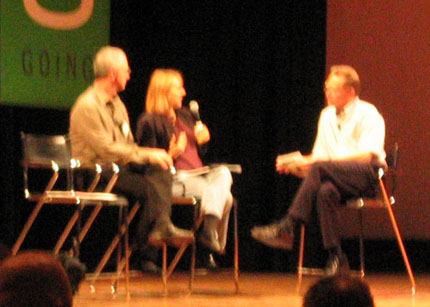
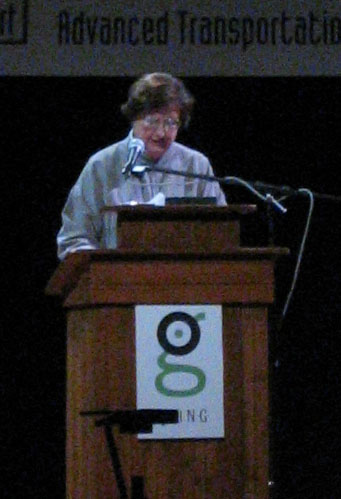
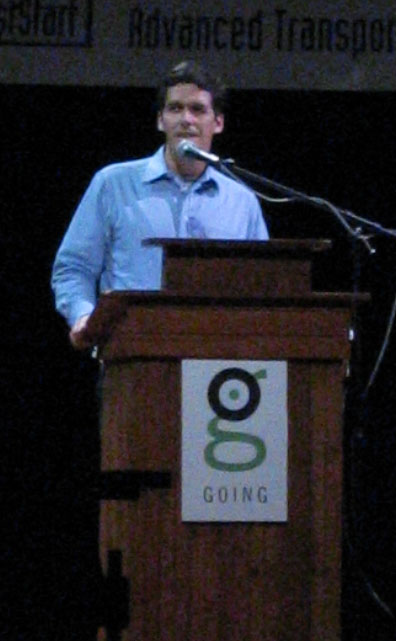
MY TRANSPORTATION NETWORK DESIGNS
I am the inventor of guess what? A design for dynamic, real-time, data-driven, interactive 3D transportation network management software! This really works, and was solving a much larger scale transportation and logistics visibility problem of tracking the flow of orders/goods, modes of transport, merge-in-transit operations, and route optimization. I may add some other images of the actual applications later…
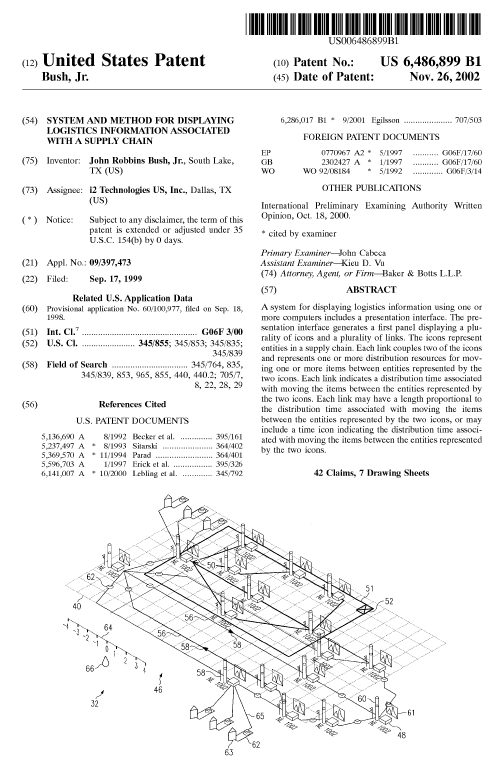
MY VEHICLE DESIGNS
18 years ago, I had a passion for developing vehicles that were primarily human powered and utilized renewable energy. I thought it may be good to include a design from 1986 that I created, that seemed relevant this week. I retrieved an old portfolio from the back of the attic and took a couple of digital photos from the original drawings.
What problem was I solving? As a competitive cyclist at the time, I wanted a vehicle that could go fast for long distances, be more comfortable than a “safety bike” configuration (hence the recumbent posture), utilize solar/renewable energy to support a computerized systems control/optimization system, air-cooling/circulating features, an electric motor with regenerative braking, and an active-weighted-hydraulic rear wheel – in order to go very long distances.
Nothing else was done to further develop the idea beyond these sketches.
IF there is something useful here, then I would offer this design up under the creative commons license. Go for it.
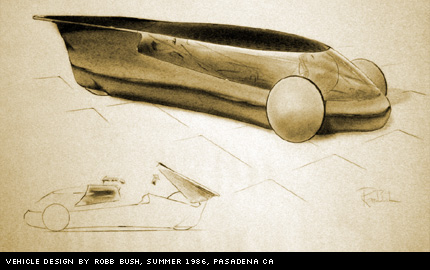
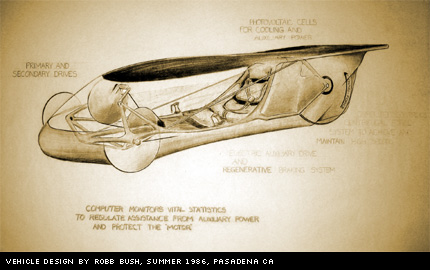
Here are the key features as indicated in the writing on the drawing starting clockwise from top, plus additional comments (in parentheses)
- Photovoltaic cells for cooling and auxiliary power (Cooling, lighting, computer)
- Computer controls centrifugal force system to achieve and maintain high speeds (Active-hydraulic weighted rear wheel, dubbed the “Centri-Force”)
- Electric auxiliary drive and regenerative braking system (Dang, I thought I invented it!)
- Computer monitors vital statistics to regulate assistance from auxiliary power and protect the “motor”. (Assistance is allocated and modulated by heart rate, incline, acc/deceleration sensors, etc)
- Primary and secondary drives (Some kind of futuristic transmission)